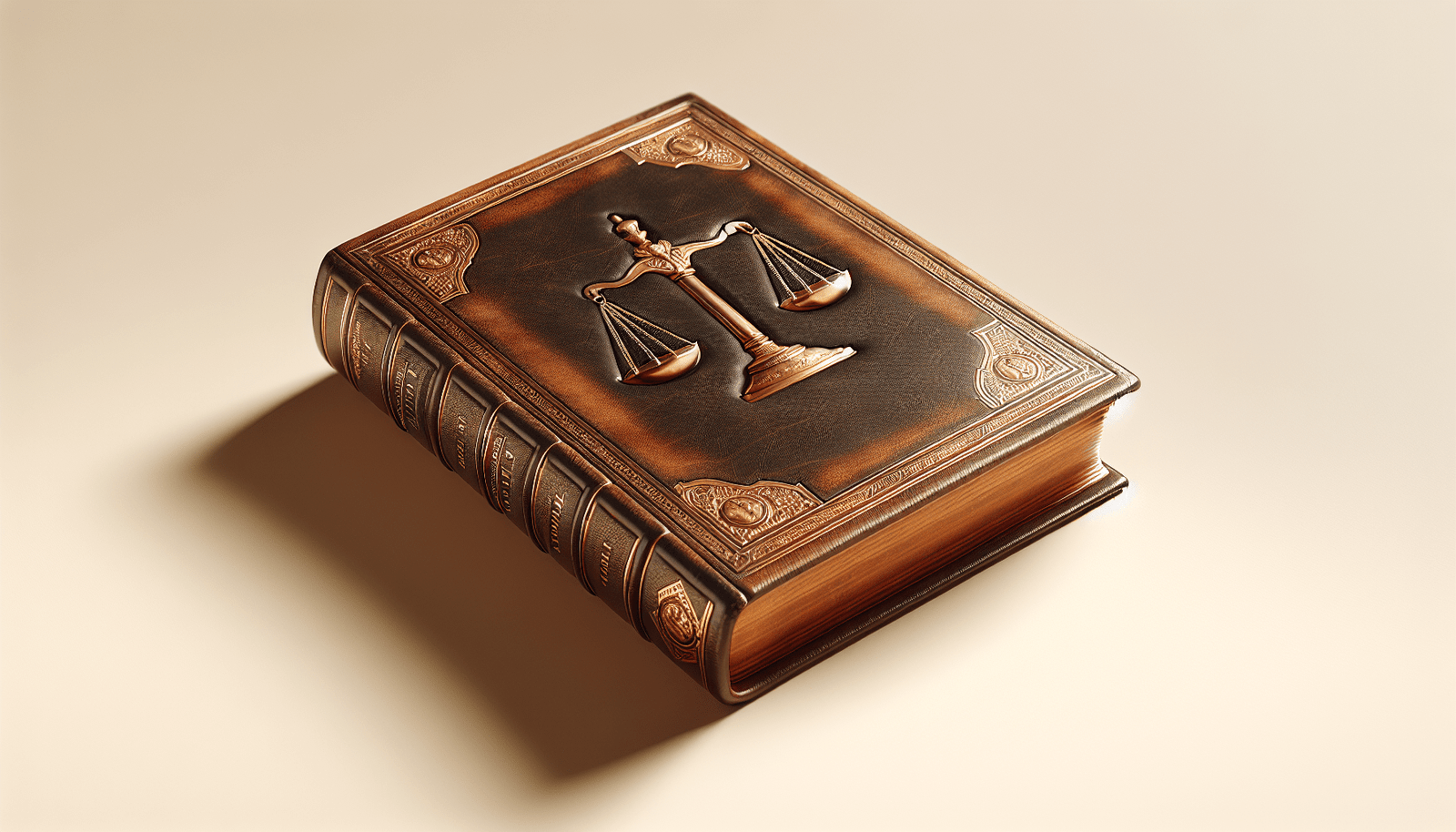In the world of publishing, the fine print can often make a significant impact. When used correctly, legal disclaimers in your book descriptions not only help shield you from potential legal issues but also enhance your credibility with readers. By clearly outlining any necessary disclaimers, you set transparent expectations, which in turn boosts the trust your audience places in your work. This article delves into how leveraging simple yet effective legal disclaimers can serve as a protective measure and a trust-building tool, offering you peace of mind while elevating your relationship with your readers. Have you ever pondered the role of a legal disclaimer in your book’s description? It might seem like a small addition, but it can have significant implications for both protecting your work and building trust with your readers. Let’s dive into the nuances of legal disclaimers in book descriptions and explore how these brief statements can offer substantial benefits for authors like yourself.
What is a Legal Disclaimer?
A legal disclaimer is a statement included in a book description or other literary work to limit liability and clarify certain aspects of the content. These statements are usually brief, aiming to preemptively address potential issues that could lead to legal disputes or misunderstandings. By clearly specifying the limitations or conditions associated with your work, you can shield yourself from legal repercussions while reinforcing your credibility with readers.
Why Should You Use a Legal Disclaimer?
Including a legal disclaimer might feel unnecessary or even daunting, but it’s a strategic move for several reasons:
- Protection from Legal Action: Disclaimers help protect you from potential lawsuits by clearly outlining what your book isn’t responsible for.
- Clarifying Intentions: They make it clear that certain aspects of your book, such as advice or characters, are not to be taken literally.
- Boosting Trust: When readers see that you are upfront and transparent, it builds trust and validates your professionalism as an author.
So, before skipping this essential component, it’s worth understanding its importance and how it could empower your work.
The Different Types of Disclaimers
Disclaimers come in various forms, each serving a different purpose. Let’s examine the most common types:
General Disclaimer
A general disclaimer restricts liability regarding the content of your book. It might cover a broad range of issues such as inaccuracies, errors, or omissions.
Example:
The opinions expressed in this book are the author’s own and do not reflect the views of any organization.
Legal and Medical Disclaimer
If your book provides legal or medical advice, a specific disclaimer is crucial. This ensures readers understand that the information provided should not replace professional advice.
Example:
This book is intended for informational purposes only and should not be construed as legal or medical advice. Consult a professional for expert opinions.
Earnings Disclaimer
Important for books on business or finance, an earnings disclaimer clarifies that readers should not expect guaranteed financial results based on the content.
Example:
No specific results or financial outcomes are guaranteed, and results may vary.
Fiction Disclaimer
For fiction authors, especially those whose work might resemble real people or events, a fiction disclaimer ensures that any similarities are purely coincidental.
Example:
This is a work of fiction. Names, characters, events, and incidents are either the products of the author’s imagination or used in a fictitious manner.
Educational Disclaimer
For educational works, this type of disclaimer notes that the information is tailored for general educational purposes and may not encompass every specific scenario.
Example:
This book is intended for educational purposes only and does not constitute professional advice.
Crafting the Perfect Disclaimer
Creating an effective disclaimer involves clear, concise wording tailored to the specific needs of your book. Here are some tips:
Be Specific
The more specific you are, the better protected you will be. Identify key areas of your book that may require disclaimers and address them explicitly.
Use Clear Language
Avoid jargon or complex terminology. The aim is to ensure readers fully understand the limitations you’re specifying.
Consult a Professional
When in doubt, seek advice from a legal professional. They can provide tailored recommendations and ensure that your disclaimer is airtight.
Legal Disclaimers and Reader Trust
Aside from offering legal protection, disclaimers can significantly enhance your relationship with readers. Here’s how:
Transparency
When you include a disclaimer, you’re being upfront about the boundaries of your work. Readers appreciate this honesty, as it reassures them that there are no hidden agendas.
Professionalism
An appropriately placed disclaimer signifies that you take your work seriously and are aware of the potential legal and ethical implications. This professionalism instills confidence in your readership.
Examples from Well-Known Books
To illustrate how disclaimers are employed effectively, here are a few examples from popular books:
| Book Title | Type of Disclaimer | Actual Disclaimer Text |
|---|---|---|
| “The Subtle Art of Not Giving a F*ck” by Mark Manson | General Disclaimer | The opinions expressed in this book are those of the author and do not reflect the views of any organization. |
| “You Are a Badass” by Jen Sincero | Earnings Disclaimer | No specific results or financial outcomes are guaranteed, and results may vary. |
| “Harry Potter” Series by J.K. Rowling | Fiction Disclaimer | This is a work of fiction. Names, characters, events, and incidents are either the products of the author’s imagination or used fictitiously. |
Steps to Add Disclaimer in Your Book Description
Adding a disclaimer is quite straightforward. Here’s a step-by-step guide to help you:
- Identify the Need: Determine which type of disclaimer applies to your book.
- Draft the Text: Write a concise disclaimer tailored to your needs.
- Positioning: Decide where to place the disclaimer. Common places include the beginning or end of the description.
- Review: Ensure the language is clear and error-free.
- Consult: If in doubt, seek professional advice.
Frequently Asked Questions (FAQs)
Do all books need a disclaimer?
Not necessarily. It depends on the content of your book. If your book includes advice, is educational, involves real-life events or persons, or is fiction that closely mirrors reality, a disclaimer is recommended.
Can I write my own disclaimer?
You can write your own disclaimer, but for complex or highly sensitive content, consulting a professional is advisable to ensure it covers all necessary legal bases.
Will a disclaimer guarantee complete legal protection?
While a disclaimer is a strong protective measure, it cannot guarantee absolute immunity from legal action. It can significantly reduce risk, but always consider additional legal safeguards where necessary.
Conclusion
Legal disclaimers in book descriptions might seem like a small and technical aspect of the publishing process, but their impact can be far-reaching. They protect you from legal repercussions and help build credibility and trust with your readers. By being transparent and professional, you not only safeguard your work but also enhance your relationship with your audience.
Don’t overlook the power of a well-crafted disclaimer. It’s a simple yet effective tool that can make a world of difference for you and your readers. So, take a moment to consider what disclaimer your book might need and how it can serve to protect and bolster your authored work. Happy writing!



